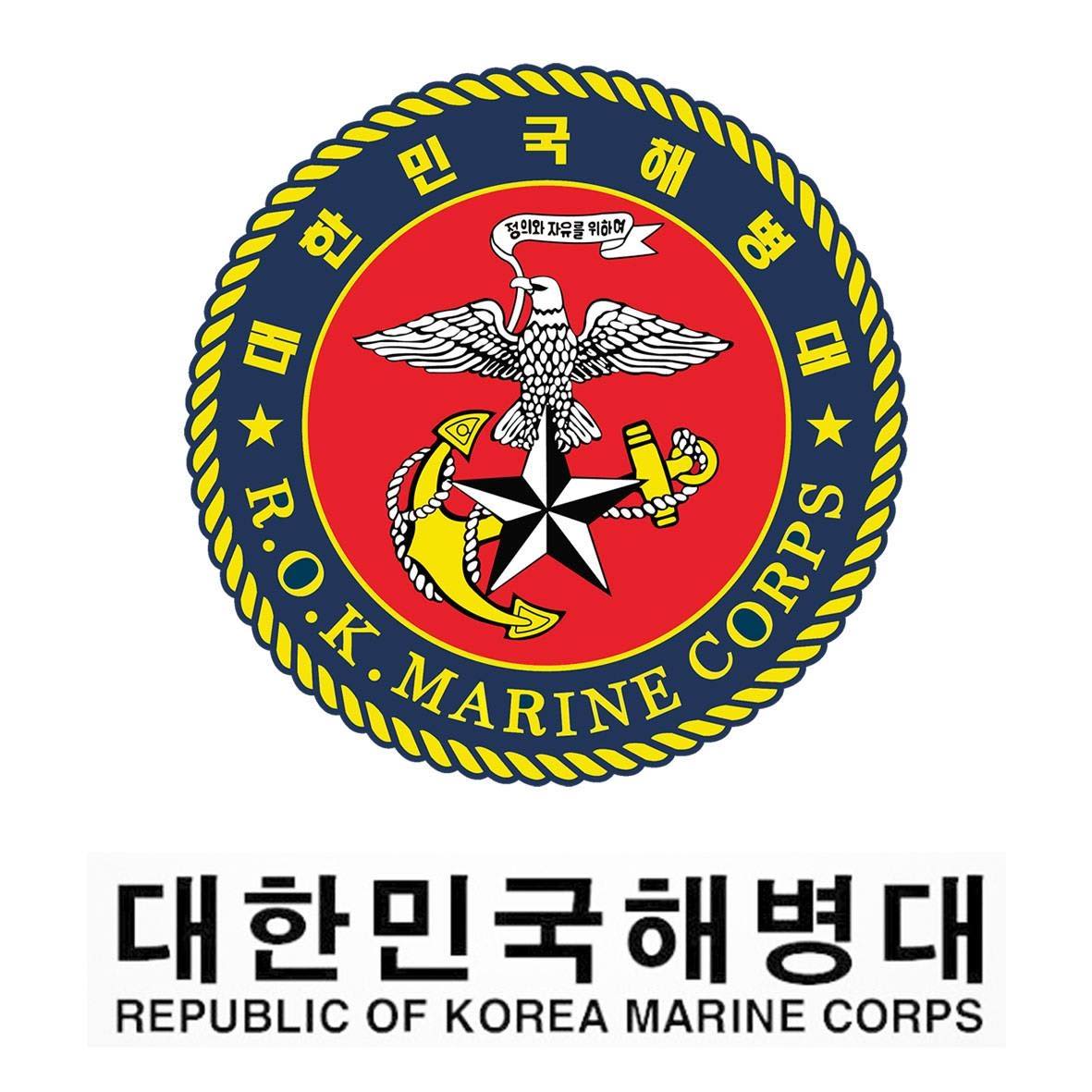
WASHINGTON — The commandant of the Philippine Marine Corps will tour several U.S. Marine Corps locations with his American counterpart this week, as both services adapt their approaches to defending and fighting from Pacific islands.
The U.S. Marine Corps in March 2022 stood up its 3rd Marine Littoral Regiment, the first of several planned units specifically designed to operate as a stand-in force. These forces would constantly move around the South China Sea and other contested bodies of water, providing a regular presence and intelligence capability while ready to jump into action if tension with China turns into conflict.
The Philippine Marine Corps is similarly growing its territorial defense capability, after spending more than 50 years focused on domestic counterinsurgency operations. The service is now tasked with fending off Chinese aggression at sea and fishing fleet incursions into Philippine territorial waters.
U.S. Marine Corps Commandant Gen. David Berger and Philippine Marine Corps Commandant Maj. Gen. Charlton Sean M. Gaerlan believe they can learn from each other. Following a short honor ceremony at the former’s house at Marine Barracks Washington, the two generals told Defense News they swapped lessons learned in September, back when Berger visited Manila.
They are committed to deepening that cooperation during this visit, with Gaerlan heading to Marine Corps Base Quantico in Virginia, a hub for training, doctrine development and experimentation. He expressed particular interested in a visit to the Marines’ Training and Education Command.
“We really have to change our organizational structure and the way we employ forces. That’s why we have just stood up the Coastal Defense Regiment,” he said, also noting the recent creation of the Service Support Regiment and the renaming of the Combat Support Brigade.
“For now, our training, education and doctrine is just a center, it’s more of just a school. We’re trying to expand to have it [on] a larger scale so that we can train and educate our marines in the new missions that they will be able to conduct in the future,” Gaerlan added.
The generals will also visit Marine Corps Base Camp Pendleton and Marine Corps Recruit Depot San Diego in California.

U.S. Marine Corps Commandant Gen. David Berger is received in an honor ceremony with Philippine Marine Corps Commandant Maj. Gen. Charlton Sean M. Gaerlan in Manila, Philippines, on Sept. 5, 2022. (Sgt. Kathryn Adams/U.S. Marine Corps)
Berger said his 3rd Marine Littoral Regiment and the U.S. Marines overall have a lot they can learn from their Philippine counterparts. For starters, he said, the Philippine force is comfortable operating in a jungle environment, far from desert conditions in which the Marines operated for two decades.
“They also understand logistics. Because they’re an archipelagic country, by nature they have to resupply … over great distances,” Berger said.
Joking that he had seen more boats in the Philippines than in the rest of the world combined, the commandant said he had much to learn about mobility around islands and beaches.
“They move comfortably between pieces of land and through the water because this is just natural for them. But for us, the [3rd Marine] Littoral Regiment, this is what they have to learn to do. So we’re learning from them: how do you maneuver, how do you move your forces between islands comfortably.”
As both forces develop their new skill sets, Gaerlan said it was important to do so in a complementary and interoperable way.
Because the two nations have a mutual defense treaty, “it’s our obligation as Marines to train with each other so we can have interoperability. And we’re not discounting the possibility that something might happen. And if something happens, we’re ready because if we don’t have that interoperability with our Marines, then it would be even more difficult during war or conflict,” he said.
In addition to being treaty allies, the two nations signed an enhanced defense cooperation agreement in April 2014, identifying five Philippine military bases where the two nations could pre-position supplies for humanitarian assistance and disaster relief missions. In February, four more bases were added to the list, increasing the number of locations U.S. Marines can train and stage gear.
'해병대 소식' 카테고리의 다른 글
| 미해병대, FY24 예산 요청에서 부대 설계 혁신 가속화 (0) | 2023.03.21 |
|---|---|
| 해병대9여단, 유관기관과 대테러 공조체계 공고히 (0) | 2023.03.08 |
| 미해병대 New Marine Corps Prototype Ship Signals Interesting Times For South China Sea (0) | 2023.03.05 |
| 국가·국민 수호할 정예 부사관으로 담금질 (0) | 2023.03.02 |
| ADD 기술력 더해… 해병대 ‘국가전략기동부대’ 도약 (1) | 2023.02.03 |




